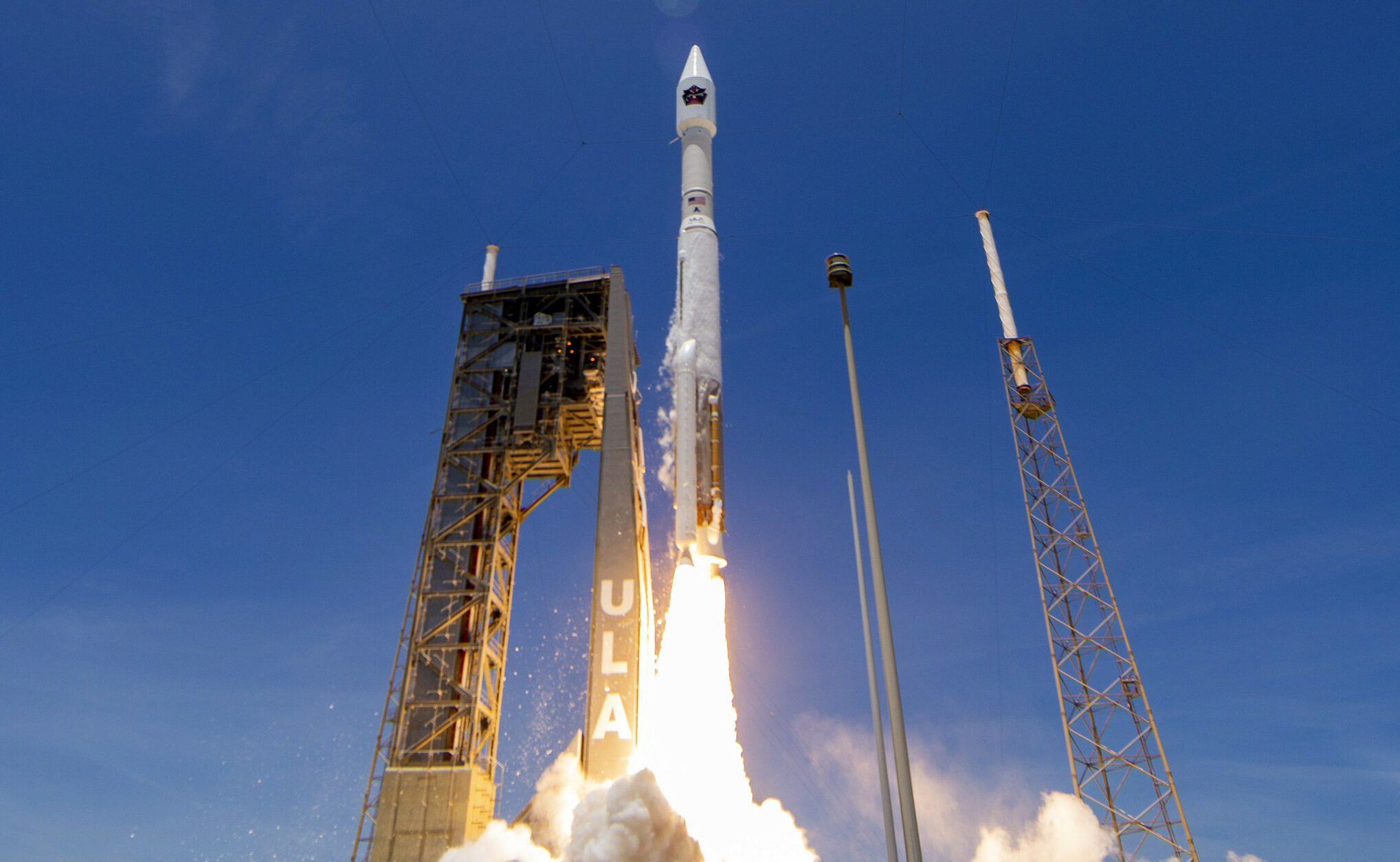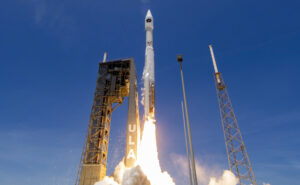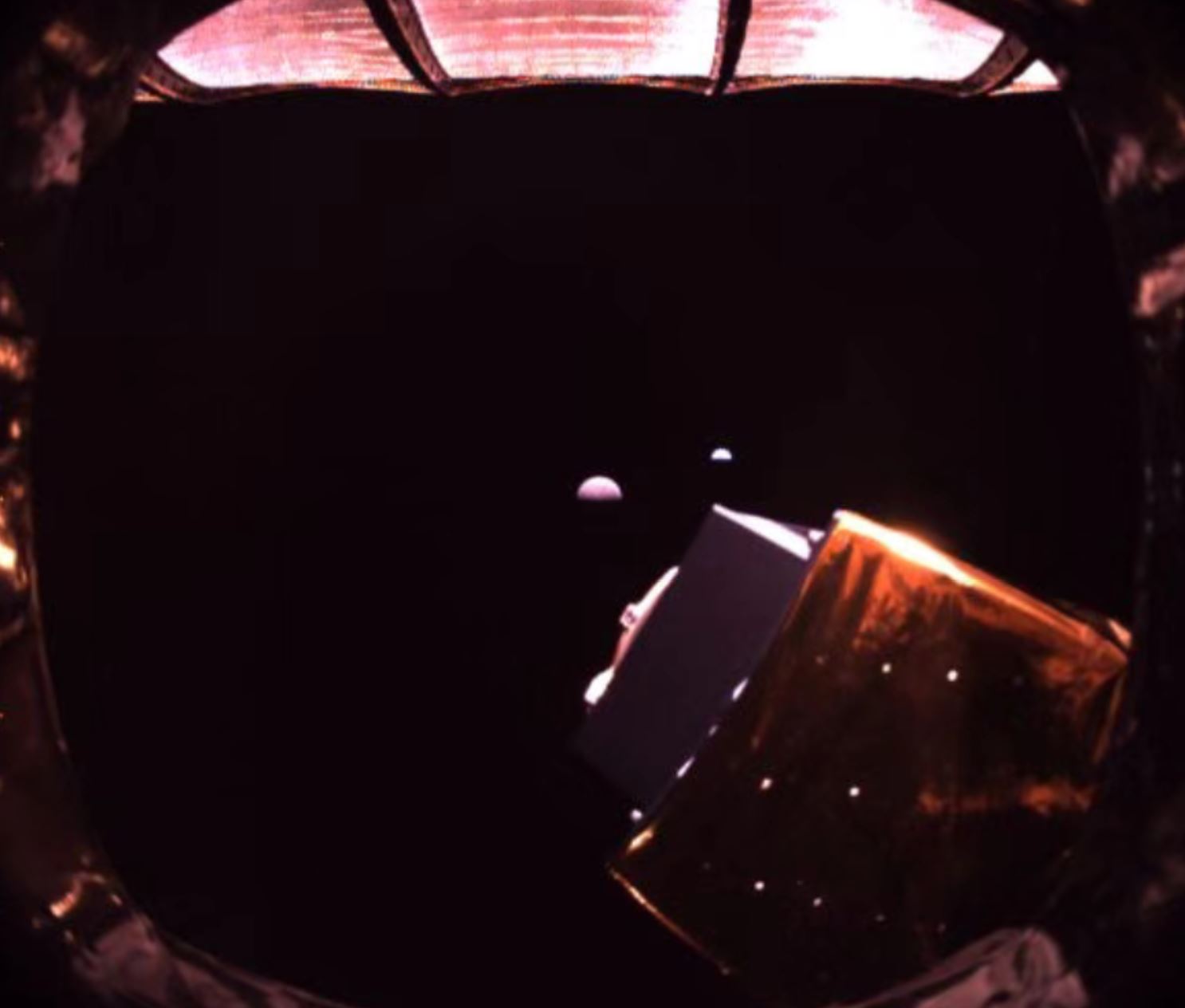ULA delays further use of enhanced upper-stage engine pending studies
United Launch Alliance will not be using an upgraded upper-stage engine in upcoming Atlas 5 missions as the company investigates the source of vibrations seen during a May 18 flight. SpaceNews


WASHINGTON — United Launch Alliance will not be using an upgraded upper-stage engine in upcoming Atlas 5 missions as the company investigates the source of vibrations seen during a May 18 flight.
The engine issue was identified during the launch of the U.S. Space Force’s SBIRS-5 missile warning satellite, which was successfully deployed. The Aerojet Rocketdyne RL10 engine that powered the Atlas 5’s upper stage had a new nozzle extension that was observed vibrating, or “ringing,” during flight.
ULA’s CEO Tory Bruno said June 23 that the company is studying the data from the flight and has not yet decided what corrective action, if any, it might take. In the meantime, the new version of the RL10 with the carbon nozzle extension will not be used in upcoming Atlas 5 missions, Bruno said during a talk at the Secure World Foundation’s Summit for Space Sustainability.
Concerns about vibrations in the engine led ULA to delay the launch of the Space Force STP-3 mission that had been scheduled for June 23 and was planned to fly with the enhanced RL10. The company has not announced a new launch date for STP-3. ULA first plans to launch Boeing’s Starliner Orbital Flight Test 2 mission to the International Space Station scheduled for July 30.
“It’ll be several missions, probably next year” before ULA decides whether to fly the RL10 configuration with the nozzle extension, said Bruno. The company wants to be “fully satisfied that we understand it.”
The ringing issue caught ULA by surprise, he said. “We saw something we didn’t understand and didn’t expect to happen.”
The SBIRS-5 launch — the fifth Space-Based Infrared System satellite — was the first operational mission for the RL-10 C-1-1 with the extended nozzle. The engine is expected to power the upper stage of ULA’s next-generation rocket, the Vulcan Centaur.
Bruno said the engine “performed well in SBIRS-5.”
“The job of that nozzle is to expand the gases coming out the engine’s combustion chamber all the way down as close to the outside conditions as possible which in this case is vacuum,” he said. “By having a longer extension we get a little bit more expansion, more performance.”
Bruno said the live feed showed the engine oscillated at a frequency of 23 hertz. “We’re taking time to fully understand this,” he said. “Can we live with it? Do we want to stiffen that extension of the nozzle and what frequency to stiffen it to?”
He said the engine with the nozzle extension will not be used in the next several flights of the Atlas 5. If any changes are made to the engine, “we’ll find the place to insert the corrective action. In the meantime we’ll fly the older configuration.”





































